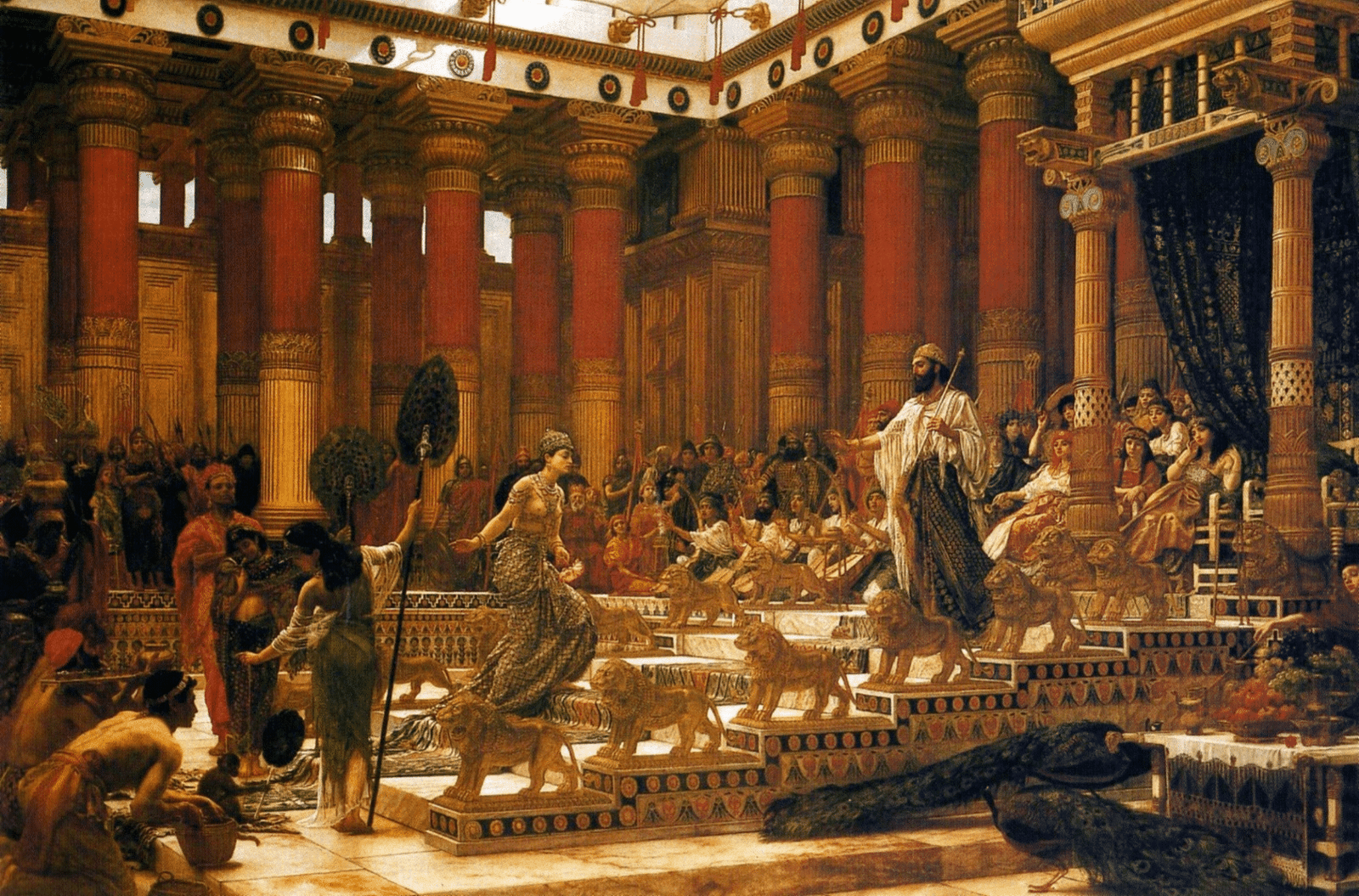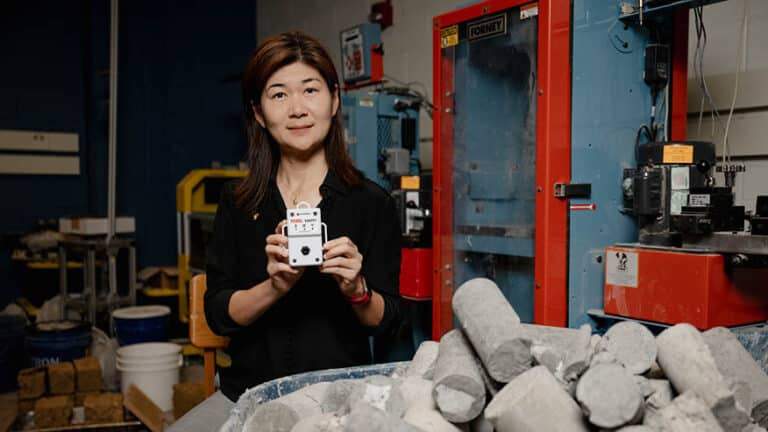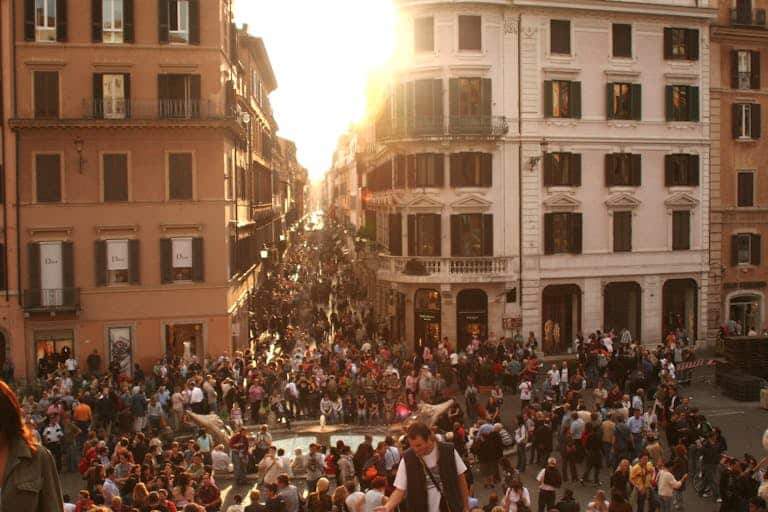Architecture and the Throne of Bilqis
Dive into the enigmatic world of the Throne of Sheba, where ancient architecture meets myth. This article offers an in-depth exploration of the architectural splendor and historical mysteries surrounding one of the most intriguing artifacts of the ancient world. Join us in uncovering the secrets behind the throne that has captivated historians and architects alike
Origins of Balqis
Bilqis, known in Jewish and Islamic traditions, was the queen of the Kingdom of Sheba in southwestern Arabia, and a popular character in numerous tales and legends. In the biblical accounts of King Solomon’s reign, Bilqis visited his court and attested to the existence of important trade relations between ancient Israel and southern Arabia.
Description of Bilqis’ throne
What is today called the Throne of Bilqis is known from ancient Sabaean inscriptions in the Temple of Bran, which is believed to have been the main location of Queen Bilqis’ throne. This temple displays a unique architectural harmony, as the majestic main entrance and the courtyard meet to face a steep staircase with a wonderful architectural display that indicates the grandeur of its construction.
The legendary stories surrounding Bilqis
In Islamic tradition, the story of Bilqis appears in the Holy Quran, where she is known as Bilqis. According to one account, Suleiman sent a message to Bilqis urging her to worship God after the hoopoe told him that she and her kingdom worshiped the sun. After exchanging letters and gifts, Bilqis personally visited Suleiman’s court.
Surat An-Naml in the Qur’an
In the Holy Qur’an, the story of ants appears in Surah An-Naml, which is the twenty-seventh surah and contains 93 verses. This surah shows precise details about the story of Solomon, who was said to have converted Queen Bilqis to Islam after the hoopoe informed him that she was a queen who worshiped the sun. It is also mentioned in this Surah how Solomon was able to understand the speech of ants.
Based on the Holy Quran, Bilqis’s visit to Solomon’s Palace is described in a way that reflects the grandeur of the architecture and architectural design that brilliantly uses optical illusions. When Bilqis entered the magnificent palace of Suleiman, she encountered a floor made of shining glass that looked like water. This description highlights how Belqis, believing that she was in front of a real body of water, raised the edges of her dress to avoid getting wet. This is an example of the precision and innovation in the palace’s architecture, as Suleiman used glass to create a stunning optical illusion.
In this incident, architecture emerges as an essential element in the story, emphasizing the wisdom and skill that King Solomon enjoyed in designing his palace. The Qur’anic description of Bilqis’s reaction shows not only the depth and importance of the story in the religious text, but also highlights the great importance of architecture and design in that historical era. This type of detail shows the high professionalism and creativity of ancient architecture, underscoring its status as an integral part of human history and heritage.
Belqis: an architectural miracle
The throne of Bilqis was known for its splendor and distinction, and stories tell of one of the jinn offering the Prophet Solomon to bring this throne before the Prophet could get up from its place. However, another wise man in the court made an even more surprising offer, promising to bring him the throne in the blink of an eye. Indeed, the throne of Sheba was transferred to Solomon in a supernatural way, such that it was waiting for Bilqis upon her arrival, which proved to her the superior ability and wisdom of Solomon. This event is not only a miracle in its religious context, but also an expression of the great architectural prowess and technical ability that was envisioned in this story.
Security protection for the throne: Before Bilqis left to visit Suleiman, she ordered that her throne be placed in the innermost room of the seven interconnected rooms inside her castle. She closed the doors behind her and placed guards to protect it, stressing the need to keep the throne safe until she returned.
Solomon and his wonderful throne: It is reported that Solomon bin Daoud had six hundred thrones prepared, where noble humans would sit near him, and then noble jinn would come to sit near the humans. It is also mentioned that he used to summon the birds that shaded them, and then the wind that carried them.
The reason why Suleiman wanted the throne of Bilqis: Suleiman longed to obtain the great throne of Bilqis, which was said to have been given to her by God. When Suleiman Ghabar saw the great army of Bilqis approaching his kingdom, he hastened to seize its throne. He asked his companions and subordinates to bring the throne before Bilqis arrived at his court in submission.
Bilqis’s reaction upon seeing her throne with Suleiman: When Bilqis saw her throne in Suleiman’s possession, she acknowledged that he was a prophet and that she did not have the strength to confront him militarily. Bilqis expressed her surrender and acceptance of the new faith, which brought an end to her story in the Qur’an.
The spiritual significance of the throne of Bilqis: In Qur’anic interpretations, a parallel is drawn between the throne of Bilqis and the heavenly throne of God, indicating the profound spiritual significance of the throne of Bilqis. This close similarity shows how Bilqis enjoyed God’s love and mercy, and how she was able to negotiate peace and save her people from destruction.
The tale of Bilqis and her throne is a singular illustration of the amalgamation of mythology, history, and religion. Accounts around it display the magnitude of commerce and cultural affiliations in the past, while the edifice of her throne illuminates the artistry and ingenuity of bygone civilizations. Therefore, it may be asserted that the saga of Bilqis offers a standard of power and savvy in Arab and global culture.
✦ ArchUp Editorial Insight
The architectural reading of Prophet Suleiman’s legacy invites a bold yet thoughtful bridge between myth, history, and urban symbolism. The article reimagines Suleiman not only as a king but as a master planner — one whose dominion over nature and matter hints at a proto-sustainable logic rarely explored. Yet, the visual metaphors presented lean more on mystical allure than structural evidence. While the poetic tone resonates, the lack of archaeological or spatial grounding leaves the narrative floating between allegory and architecture.
For future architectural discourse, especially as we approach 2030, blending sacred history with urban theory requires more than metaphor. It demands critical frameworks that respect faith while offering actionable insights. Otherwise, the risk lies in reducing profound legacies to aesthetic tropes rather than transformative blueprints.
The Iconic Zaha Hadid








There’s no such thing as ancient Israel. It’s called PALESTINE.